Summer Mountain Hiking Gear Checklist: Pack Smart, Climb Happy
Today’s theme: Summer Mountain Hiking Gear Checklist. Welcome to your friendly, field-tested guide to packing light, staying safe, and savoring every alpine mile. Bookmark this page, subscribe for weekly checklist updates, and share your favorite must-pack item with our community.
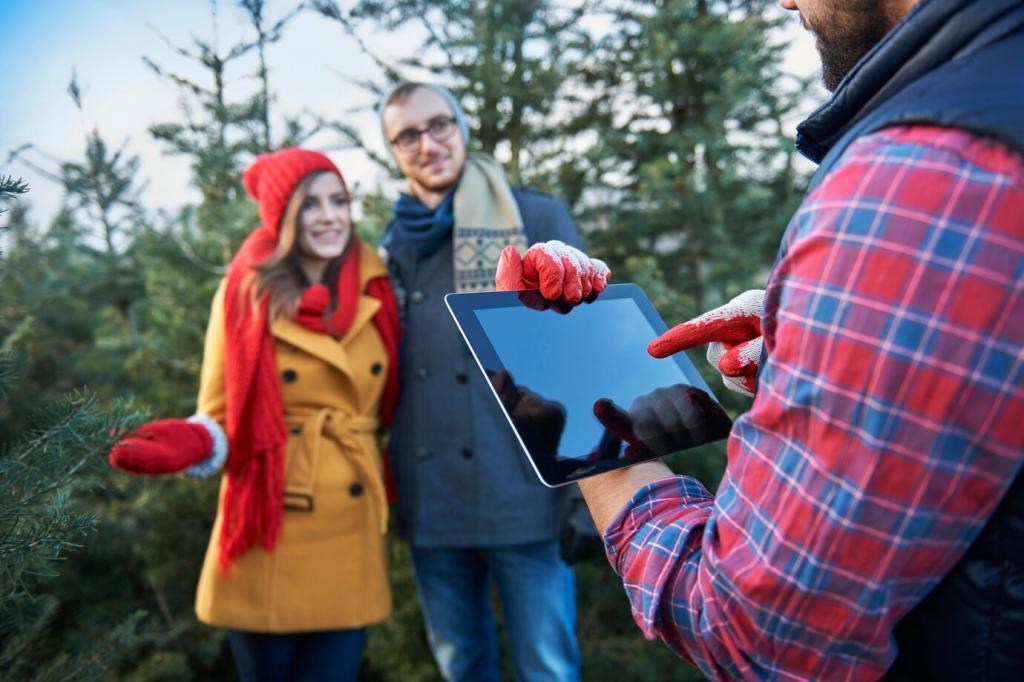
Moisture-wicking tops—synthetic or merino—keep sweat off your skin as trails steepen. Avoid cotton, which clings and chills when summit winds rise. Quick-dry fabrics cut evaporative cooling, helping you regulate heat safely. What’s your go-to base layer? Tell us below and help refine our checklist.
Layering for Heat, Wind, and Elevation
Footwear and Socks That Go the Distance
Trail runners breathe and shave fatigue on long summer climbs, while mids add support on rocky, off-camber routes. Try footwear late in the day to account for swelling. Remember the old adage: a pound on your feet feels like several on your back. Share your pick and why.
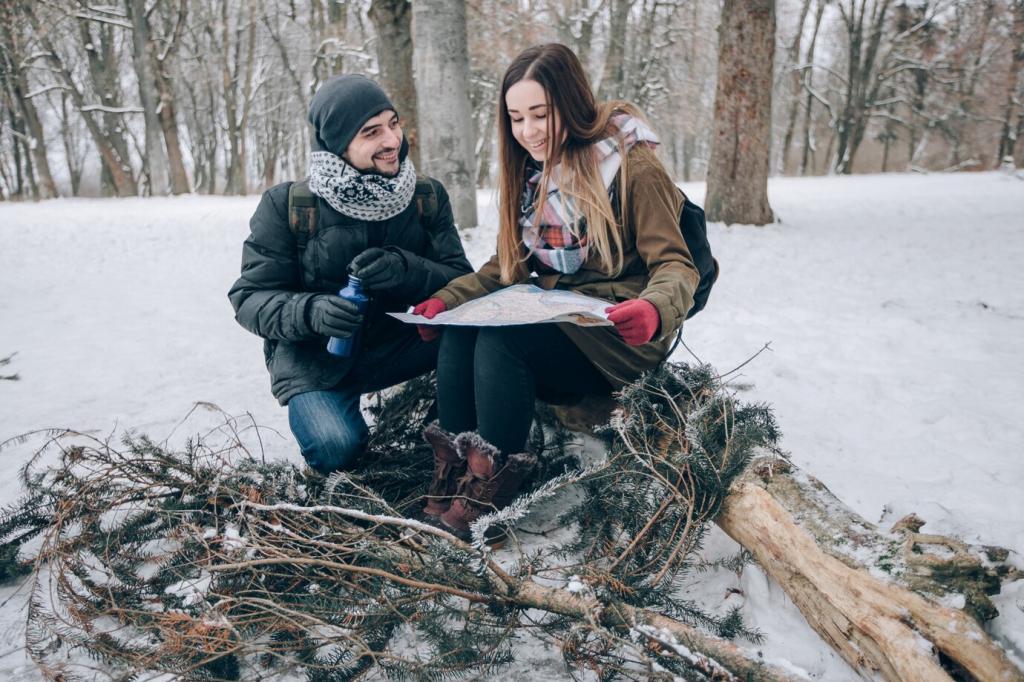

Footwear and Socks That Go the Distance
Merino-blend socks manage moisture, while thin liners reduce friction on big elevation days. Pre-tape known hot spots with Leukotape, carry moleskin, and learn the heel-lock lacing technique. A tiny blister kit once saved my twelve-mile loop. What’s in your prevention kit? Add it to our checklist ideas.
Hydration and Fuel for Hot, High Miles
Carry two to three liters capacity and know where reliable sources lie. Pair a collapsible bladder with bottles and pack a backup filter. Squeeze filters, pumps, UV purifiers, or chemicals all work—just treat alpine streams due to livestock and wildlife. Share your water plan so others can refine their checklist.
Hydration and Fuel for Hot, High Miles
At elevation, you lose fluids faster and need sodium, potassium, and magnesium to keep cramping at bay. Sip regularly, don’t chug, and avoid hyponatremia by balancing water with salts. Tablets, mixes, or salty snacks all count. Subscribe for our printable electrolyte timing card for your checklist.

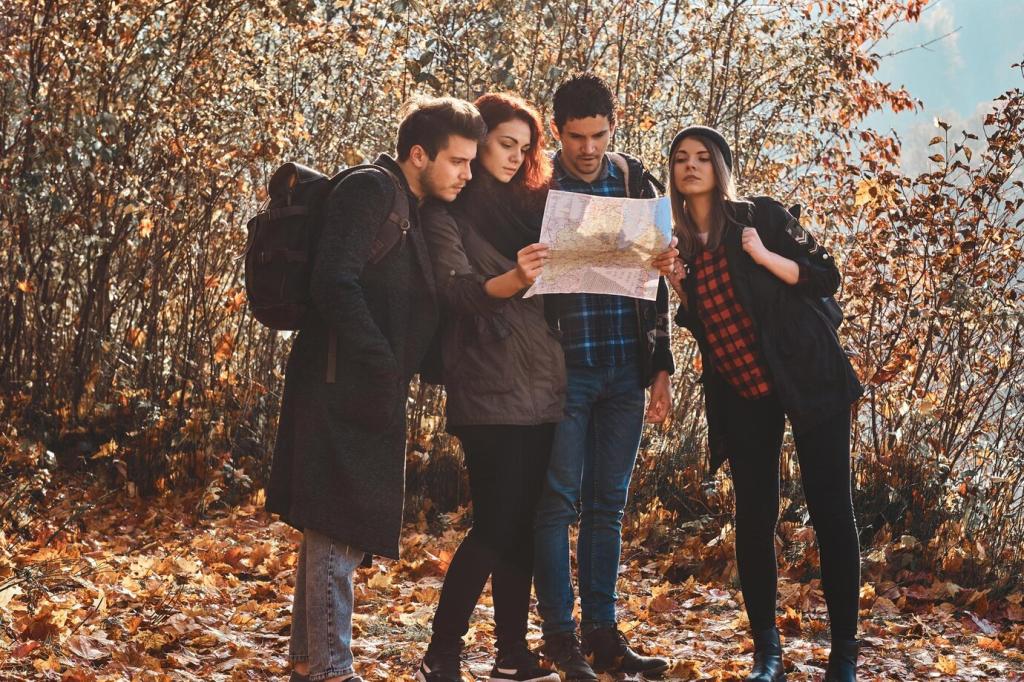

Navigation and Communication Essentials
Print a topo, mark water and bail-out points, and set the local magnetic declination on your compass. When fog swallowed a ridge last July, a simple bearing kept us honest and calm. Don’t skip analog tools. Tell us your favorite map source to enhance our shared checklist.
Weather and Safety: Sun, Storms, and First Aid
Use broad-spectrum SPF 30–50 and reapply every two hours. UV intensity increases roughly 10% per 1,000 meters of elevation, so protect eyes with UV400 shades and guard lips with SPF balm. What’s in your sun kit? Share your essentials to evolve this checklist together.
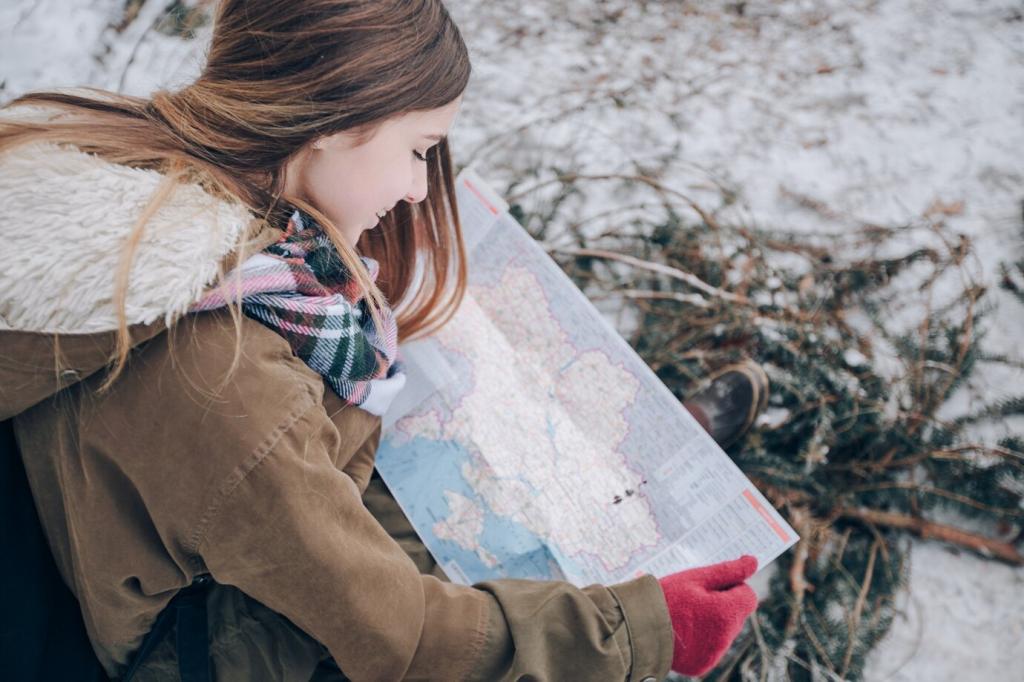
Weather and Safety: Sun, Storms, and First Aid
Plan early starts to dodge afternoon build-up. Follow the 30/30 rule, avoid ridgelines and lone trees, and descend to safer terrain if thunder approaches. Pack a breathable rain shell with pit zips and a pack liner. Tell us your storm drill—let’s strengthen this checklist with real experience.
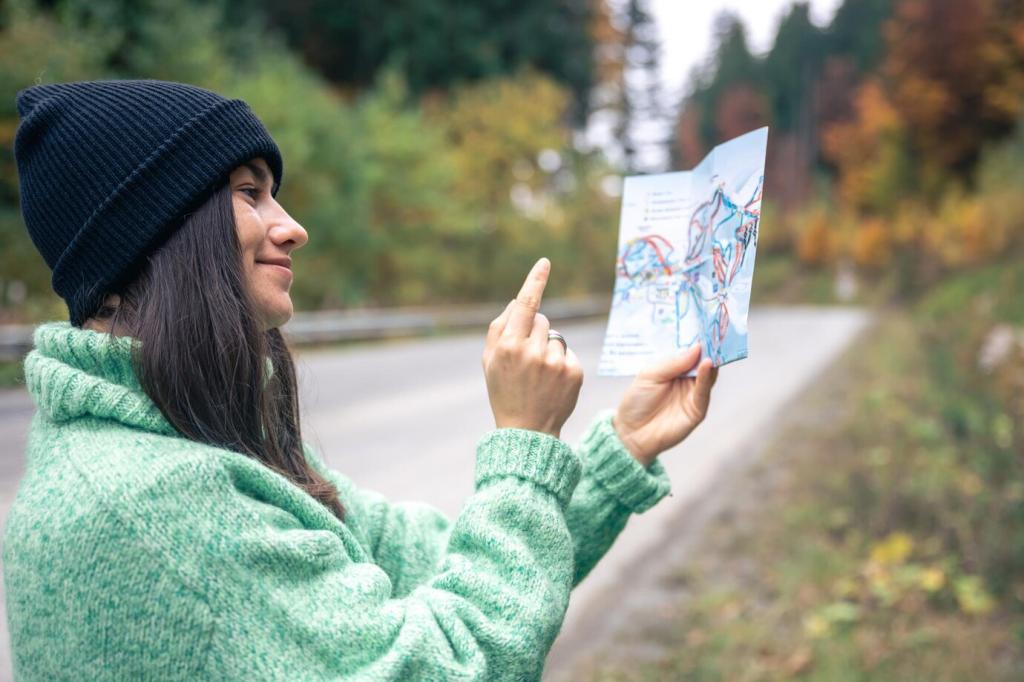

Shelter and Comfort for Midday Stops and Just-in-Case
An ultralight tarp or reflective sunshade turns blazing lunch breaks into restorative pauses. Pitch quickly with trekking poles and guy lines, then pack in seconds. Emergency bivy adds insurance without much weight. What shade tricks do you use? Comment and we’ll fold them into the checklist.
Shelter and Comfort for Midday Stops and Just-in-Case
Even in July, a beanie, light gloves, and a compact puffy can salvage a windswept rest stop. Heat loss spikes when you stop moving, so layer before you chill. Have you ever needed surprise warmth in summer? Share your story and help refine this checklist.
